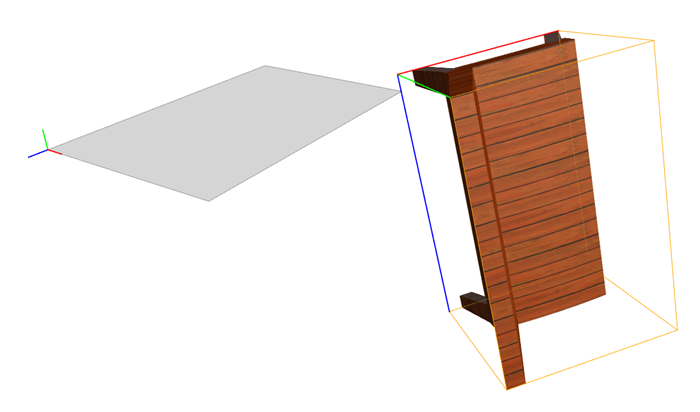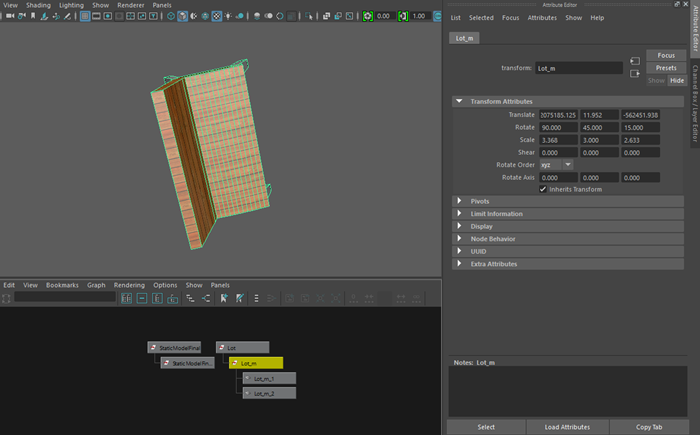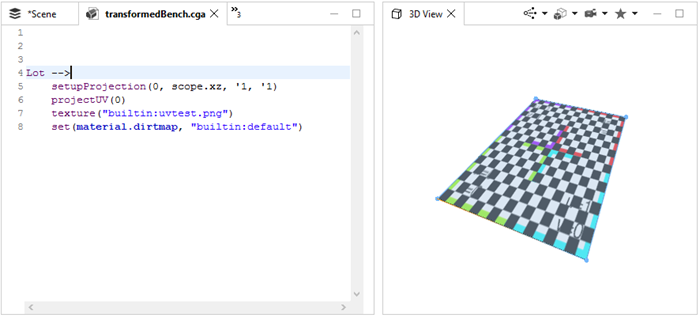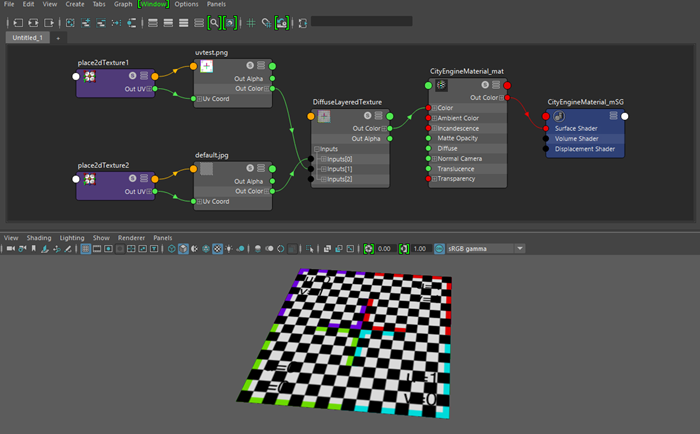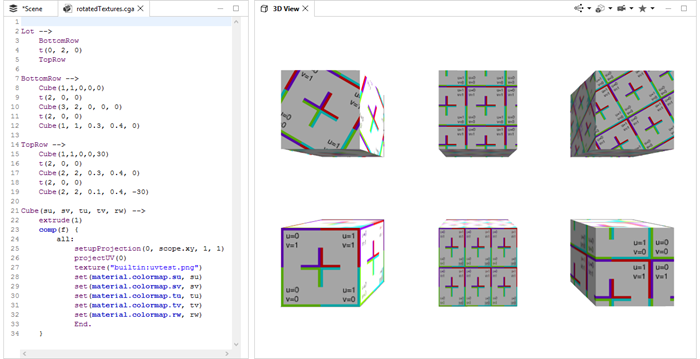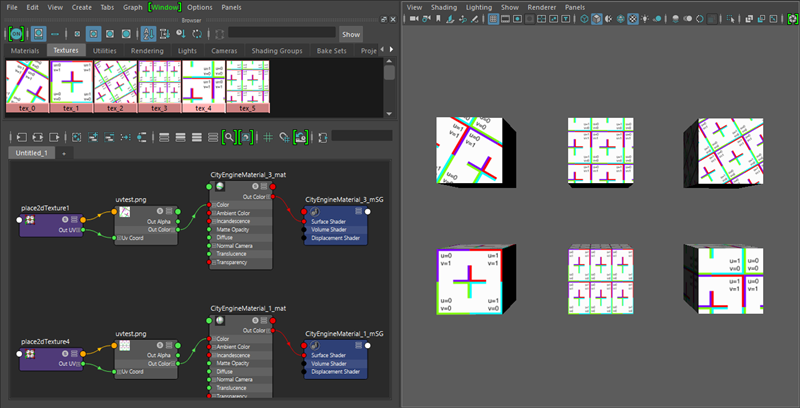Autodesk FBX is a proprietary 3D geometry exchange format with a freely available SDK. It has recently gained popularity again as the main exchange format for the Unreal and Unity game engines and related AR/VR applications. It is currently lacking in terms of modern material support (e.g. PBR) and metadata transport, but efforts are underway by Autodesk to improve this. For non-AR/VR use cases, we recommend glTF instead.
Export settings
In addition to the general export options, FBX has the following options:
Create Shape Groups | If enabled, a transformation node is inserted for each shape (i.e. building). Meshes will not be merged by material across shapes. |
Embed Textures | If enabled, textures are stored inside the binary FBX file. |
CGA Mapping to FBX
As the FBX file format is quite verbose, here are some selected examples for this manual. Please refer to the documentation provided by Autodesk (http://www.autodesk.com/products/fbx/overview).
Geometry and transformation data
CityEngine |
The pivot is in the origin; the scope (yellow) contains a translation and a rotation.
|
FBX Import Autodesk Maya |
Exported scene via FBX in Autodesk Maya. Both "One Mesh Per .." options have been disabled to avoid merging any assets. In this case, each asset is parented to a transformation node. Else, the transformation is applied to the vertices.
|
Multi-texturing and layered texture nodes
CityEngine |
The CityEngine material model multiplies all color textures (color- and dirtmap, if present) with the diffuse color. This example displays the layering/multiplicaton of "colormap" and "dirtmap".
|
FBX Import Autodesk Maya |
For FBX, CityEngine exports multiple textures as "layered texture nodes" whose blend modes are set to "multiply".
|
Note:
If at least one texture is set, Autodesk Maya loses the diffuse color settings upon FBX import, the ambient color is retained.
Working with per-texture transformations
CityEngine |
The CityEngine features material attributes to scale, translate and rotate textures independently of the actual texture coordinates stored inside the assets:
|
FBX Import Autodesk Maya |
Upon FBX import into maya, CityEngine's tu and tv attributes are mapped to the "Offset" parameter of maya's place2dTexture nodes, su/sv are mapped to the "RepeatUV" parameter and rw is mapped to the "Rotate Frame" parameter.
|
